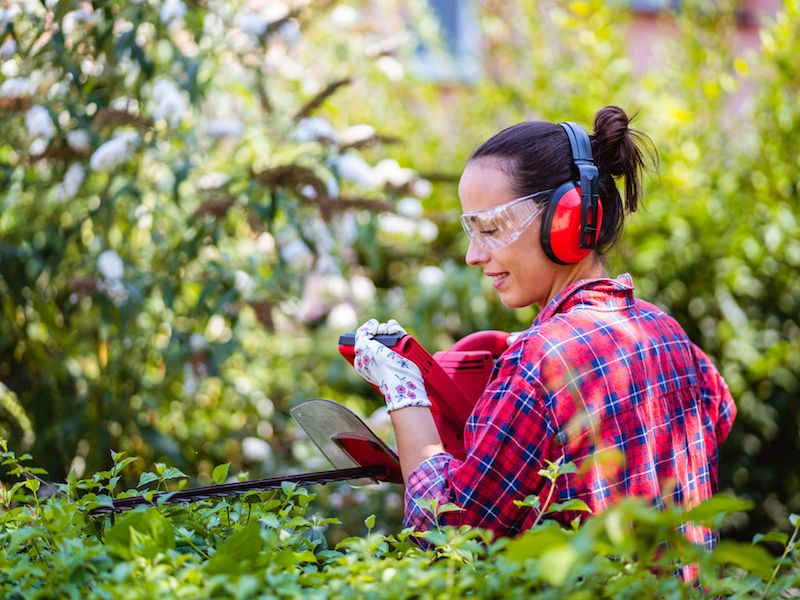
Protecting your hearing is much like eating the right way. It sounds smart, but not many of us have a good concept of where to start. If there aren’t any apparent noise risks and you don’t think your environment is especially loud, this is especially true. But your ears and senses can be stressed by everyday living, so doing these hearing protection tips can help maintain your auditory acuity.
The more you can do to slow down the impairment of your hearing, the longer you’ll be able to enjoy the sounds around you.
Tip 1: Wearable Ear Protection
Using hearing protection is the most sensible and simple way to safeguard your hearing. This means taking basic actions to lessen the amount of loud and damaging noises you’re subjected to.
This means that when it’s called for most people will want to use hearing protection. Hearing protection commonly comes in two basic forms:
- Ear Plugs, which are placed in the ear canal.
- Ear Muffs, which are placed over the ears.
Neither form of hearing protection is inherently better than the other. There are positive aspects to each type. What’s important is that you pick some hearing protection that you feel comfortable wearing.
Tip 2: When Sound Becomes Harmful, be Aware of It
But
The following threshold is when sound becomes hazardous:
- 95-100 dB: This is about the sound level you’d get from farm equipment or the normal volume of your earbuds. This volume of sound becomes harmful after 15-20 minutes.
- 85 decibels (dB): This level of sound is dangerous after roughly two hours of exposure. This is the level of sound you’d expect from a busy city street or your hairdryer.
- Over 100 dB: In this situation, you can injure your hearing very rapidly. Anything above this threshold can damage your hearing in minutes or seconds. As an example, rock concerts and jet engines will injure your hearing in 30 seconds.
Tip 3: Use Your Phone as a Sound Meter
Now that we have a general understanding of what levels of sound may be hazardous, we can take some steps to make sure we minimize our exposure. The trick is that, once you’re out in the real world, it can be hard to gauge what’s too loud and what isn’t.
Your smartphone can now be used as a handy little tool. Sound meter apps exist for every type of smartphone.
Having a live sound meter with you will help you evaluate everything you’re hearing in decibels, so you’ll have a far better concept of what hazardous levels actually sound like in your day-to-day life.
Tip 4: Be Mindful of Your Volume Settings
A smartphone with earbuds is normally the way people listen to music nowadays. This creates a dangerous scenario for your hearing. Over time, earbuds set to a substantially high level can cause considerable injury to your hearing.
Somonitoring the volume control means protecting your hearing. You should not raise the volume to drown out noises somewhere else. And we recommend using apps or settings to make sure that your volume never accidentally become hazardously high.
If your hearing begins to wane, earbuds can become something of a negative feedback loop; in order to make up for your faltering hearing, you may find yourself continuously rising the volume of your earbuds, and in the process doing more harm to your ears.
Tip 5: Get Your Hearing Tested
You may think of a hearing exam as something you schedule when your hearing has already begun to decline. Without a baseline to compare results to, it’s not always easy to detect a problem in your hearing.
Scheduling a hearing screening or exam is a good way to come up with data that can be used for both treatment and analytic purposes, making certain that all of your future hearing (and hearing protection) choices have a little bit of added context and information.
Keep an Eye on Your Hearing
In a perfect world, protecting your hearing would be something you could do constantly without any difficulty. But there will always be obstacles. So protect your ears whenever you can, as often as you can. You should also have your hearing examined routinely. Hopefully, these tips will help you get a good start.